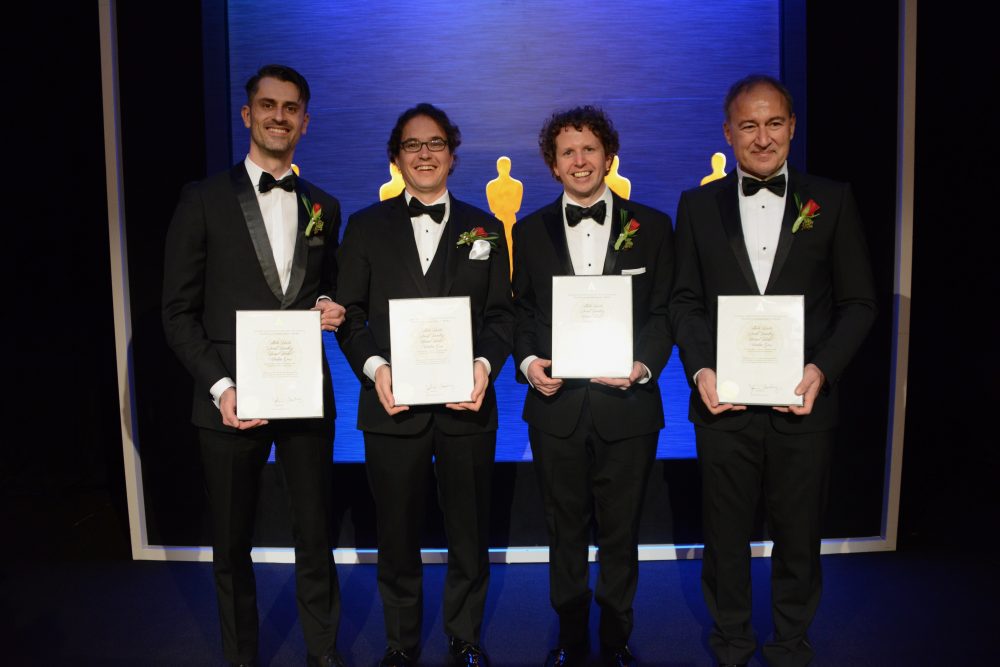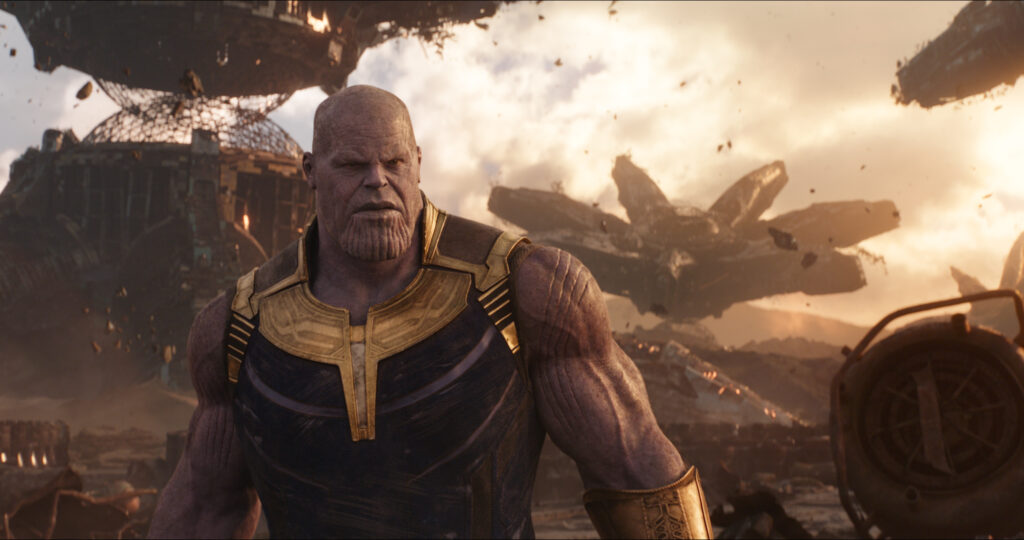Call for Work-in-Progress Papers and Posters
Pacific Graphics 2019
Seoul, October 14-17, 2019
For the first time in Pacific Graphics, the Pacific Graphics 2019 welcomes work-in-progress and poster submissions from all areas of computer graphics, such as modeling, rendering, animation, imaging, visualization, human-computer interaction, and graphics systems. Authors are encouraged to submit work-in-progress and practical applications to demonstrate a novel and applicable ideas in all aspects of computer graphics.
Authors of accepted work-in-progress papers will have an approximately fifteen-minute oral presentation of their work at the conference. Accepted posters will be displayed during the conference and also will form the focus of a poster session in conjunction with one of the social events. Authors of accepted posters are expected to present their posters during the poster session to discuss their work and answer questions. More details will follow when the conference program is finalized.
Submission details
Authors can make an electronic submission through the Submission and Review Management (https://srmv2.eg.org/COMFy/Conference/PG_2019P). Authors are asked to indicate their preferences whether the submission needs to be considered as a work-in-progress paper or a poster. When both options are selected, the work will first be reviewed as a work-in-progress paper, and then evaluated as a poster submission.
Work-in-progress papers and posters submission should strive not to exceed two pages and must be formatted according to the Pacific Graphics Author’s guideline. Authors may accompany a preliminary version of the actual poster if they choose to be considered as a poster submission. The review process will be double-blind. Please remove all personal data (e.g., names, affiliation, etc.) from your submission.
Timeline
August 15 Submission deadline
August 31 Notification of acceptance
September 15 Camera-ready 2-page paper, and A4 version of a poster if it is accepted with the poster presentation
Work-in-progress chairs:
Sung-Eui Yoon, sungeui@kaist.edu
Min H. Kim, minhkim@vclab.kaist.ac.kr
Poster chairs:
Kang Hoon Lee, kang@kw.ac.kr
Youngmin Kim, youngmin.kim@snu.ac.kr


